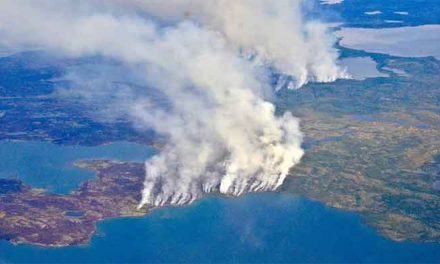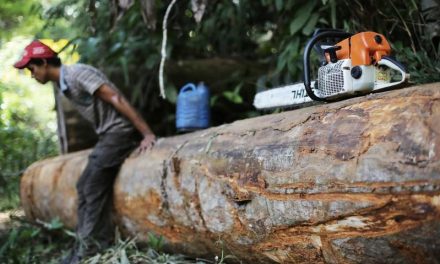Written by WWF
Panic erupts within a large group of walruses in Netflix’s new docuseries Our Planet, and the result is both gruesome and heartbreaking; scores of walruses are left seriously injured or dead.
So, what happened?
A conflict between walruses is believed to have prompted others to scramble to safety; some got trampled while others fell off a cliff. As their preferred habitat disappears, deadly scenes like this one are becoming a more common occurrence.
Shrinking sea ice is also opening the Arctic to development resulting in an increase in shipping through sensitive marine habitats, ultimately leaving walruses displaced.
Why should we protect haul-outs?
Walruses are social animals that congregate in groups known as haul-outs — both on sea ice and land, depending on the time of year. They use these sites to socialize, reproduce and rest before and after foraging for food.
What WWF is doing to help the walrus
In late summer and early fall, when sea ice is at its minimum, Canadian land-based haul-outs become critically important habitats. We’re working to minimize disturbances to these sites and the Atlantic walrus by pushing for long-term land protections from industrial development.
See more spectacular scenes from Our Planet, streaming on Netflix now.



